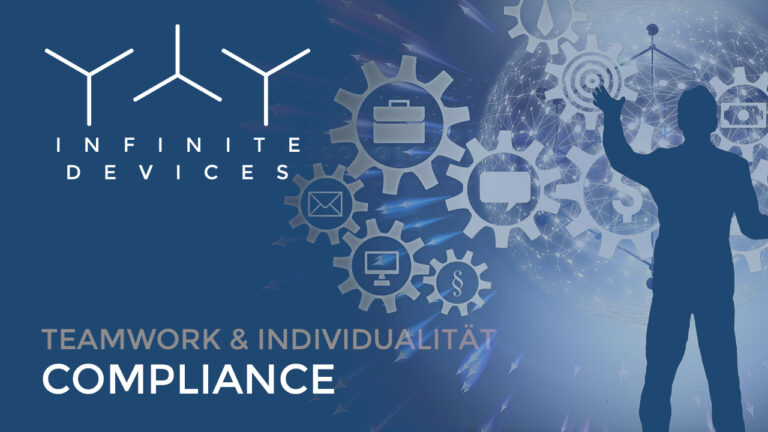TEAMWORK UND Individuality

In the future, IoT solutions will have a similar impact on intelligent cities like human sensory cells. A variety of companies – from providers of communication services and technology platforms to software manufacturers – are developing solutions for smart cities that meet these requirements. With the ability to advance the Sustainable Development Goals by 70%, smart cities can deliver a cleaner, more sustainable environment. With increasing urbanization, industrialization and increasing consumption, additional environmental problems arise.
In the future, everyone will have a Big Data Lake of their own IoT data. This requires platform concepts to give the term data ownership a meaningful and emancipatory helping hand. Only those who have sovereignty over their data can generate added value. It’s about connecting politics, business and data science. And getting SMEs, countries and people excited about the IoT is our motto. Help for self-help with open source. Of course there are always barriers to be broken. But with good teamwork and the enthusiasm and willingness to break new ground, the possibilities are limitless.
The Smart City concept is in its infancy: more than 7.8 billion people currently inhabit the earth. In 30 years, the world population is expected to grow to 10 billion people – 75 percent of whom will probably live in urban areas. Smart City requirements will continue to grow to enhance technology-driven change and innovation in urban spaces. The focus is on the areas of Economy, People, Governance, Mobility, Environment and Living. The smart city is the answer to how to enable sustainable, efficient and socially harmonious coexistence despite increasing population density. Smart City concepts are not utopian, but reality and future!
When is a smart city intelligent? A city is smart when there is a balance between sustainable economic growth and a high quality of life. Smart cities reduce pollution, greenhouse gases and waste of resources such as plastics and water. A city only becomes really “smart” when all citizens are willing to actively participate and help shape it: Interaction between modern communication technology and wireless sensor networks can only work if city planners work together with the residents. Based on the innovative open source platform infinimesh, we have developed the scalable SmartCountr access management: the key to a modern, GDPR-compliant smart city. Because of the versatile plug-and-play combinations with other sensors that can be used, the system is the basis for modern smart city solutions.
Obviously, it is important that citizens have internet access and are tech-savvy enough to use and interact with the city’s spaces and services. However, the reality offers a wider range of city users, and cities risk excluding entire sections of their population from the smart city experience if efforts are not made to bridge the digital gap. Therefore, when developing a smart city framework, it is important that each group in the city is considered to ensure that the willingness of individuals to adopt technology in the city is not overestimated. To ensure the city is ready for such innovation, it is equally important to make the online capabilities of utilities both internet and device accessible and have the technological capabilities to leverage smart city capabilities.
Building a smart workforce is another aspect to ensure smart city initiatives are adopted. A holistic strategy ensures all age groups have access to technology, education and the opportunity to add value and play a role in the city’s development.
Cities cover only 2 percent of the Earth’s landmass, but they are home to most of the world’s population and economy – and as a result, they consume most of the world’s energy. For this reason, sustainability is of crucial importance for urban development today and in the future. As cities compete to attract business, talent and innovation in an increasingly global competition, solar and wind power have become a key factor in helping them achieve their Smart City goals
